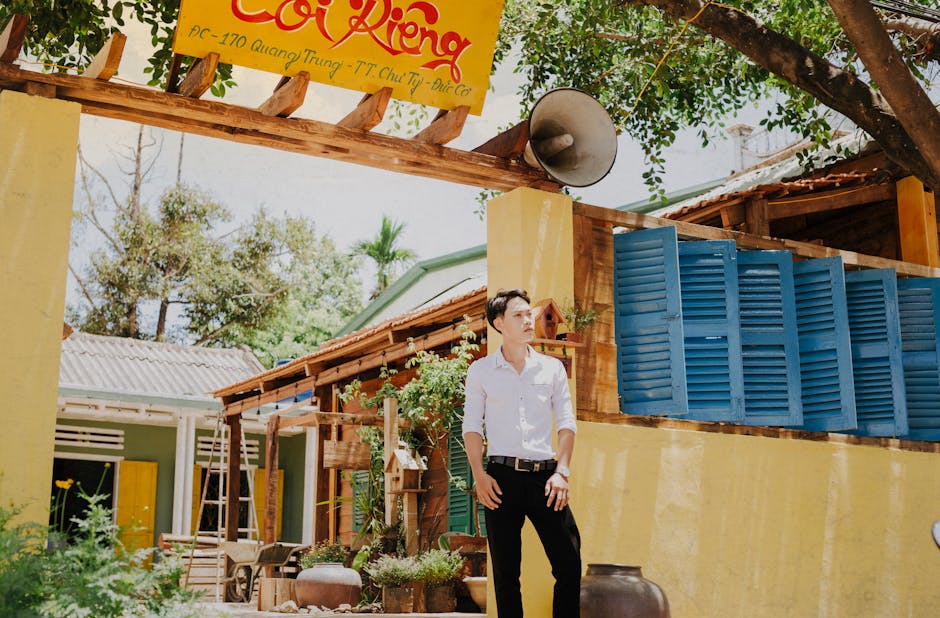Strategic Sourcing in the Apparel Industry: Insights from India, Turkey, and Vietnam

Strategic Sourcing in the Apparel Industry: Insights from India, Turkey, and Vietnam
In the dynamic world of global apparel sourcing, understanding the evolving landscapes of key manufacturing countries is crucial for fashion brands aiming to balance cost, quality, and speed. As of September 2025, shifting economic and political climates have significantly impacted the sourcing strategies from traditional powerhouses such as India, Turkey, and Vietnam. This comprehensive analysis delves into these changes, offering actionable insights for brands navigating this complex terrain.
Emerging Patterns in Global Apparel Sourcing
Cost Dynamics: Recent developments have seen a drastic shift in sourcing economics, particularly with Turkey experiencing a notable increase in garment pricing due to a 249% minimum wage hike. Contrastingly, Vietnam continues to offer competitive pricing, backed by strong government support and favorable trade agreements. India remains a mixed bag, offering low labor costs but facing challenges in delivery reliability and quality consistency.
Supply Chain Resilience: The agility of the supply chain in these regions varies significantly. India’s vertical integration from cotton to garment offers a substantial advantage, though it's occasionally offset by logistical inconsistencies. Turkey excels in rapid shipping to European markets, which is increasingly vital as fashion cycles shorten. Vietnam is enhancing its infrastructure to support a more reliable supply chain, although it still grapples with the maturity of its supporting industries.
Market Access and Regulatory Environment: All three countries benefit from distinct geographical and political advantages. Turkey's proximity to Europe provides unmatched access for quick turnaround orders, making it ideal for fast fashion and high-standard apparel. India and Vietnam have both carved out niches through strategic use of free trade agreements and export incentives, broadening their access to global markets.
Comparative Insights: India, Turkey, Vietnam
Understanding the nuanced capabilities and current trends in India, Turkey, and Vietnam can empower sourcing managers to make informed decisions:
- India: Best suited for diverse product ranges and natural fibers, complemented by an expansive supply chain that spans raw materials to finished goods.
- Turkey: Remains the go-to for high-quality, fast-tracked orders within Europe, with a focus on technical textiles and flexible supplier relations.
- Vietnam: Continues to rise as a leader in mass-market production, especially for price-sensitive segments like sportswear.
As apparel sourcing continues to evolve, the ability to adapt sourcing strategies dynamically in response to global shifts will define the competitive edge of fashion brands.
Innovative Practices and Tactical Shifts
Brands are increasingly adopting hybrid sourcing models to mitigate risks and optimize their supply chains. For example, combining Turkey’s fast fashion capabilities with Vietnam’s cost-effective production allows brands to balance both premium and volume markets effectively.
Digital Transformation: The integration of digital tools into sourcing functions is becoming non-negotiable. Real-time analytics and supplier management platforms are helping brands to make quicker, data-driven decisions that align with market demands and risk profiles.
Sustainability Focus: With consumer and regulatory pressures mounting, the importance of sustainable practices cannot be overstated. Brands are not only vetting suppliers for environmental and social governance compliance but are also integrating sustainability as a core aspect of their sourcing criteria.
Conclusion: The Future of Apparel Sourcing
The apparel industry stands at a crossroads, where the decisions made today will resonate through future market trends and positioning. India, Turkey, and Vietnam each offer unique advantages and face distinct challenges, but the overarching trend is clear: flexibility, speed, and sustainability are not just optional; they are imperative. Brands that harness these attributes while navigating the complexities of global sourcing will likely emerge as leaders in the next era of fashion.
Engaging deeply with market intelligence, continuously evaluating sourcing strategies, and investing in relationships and technologies will be crucial for those looking to thrive in this new landscape. As brands look to the future, the strategic integration of insights from diverse sourcing markets like India, Turkey, and Vietnam will be a cornerstone of success.
